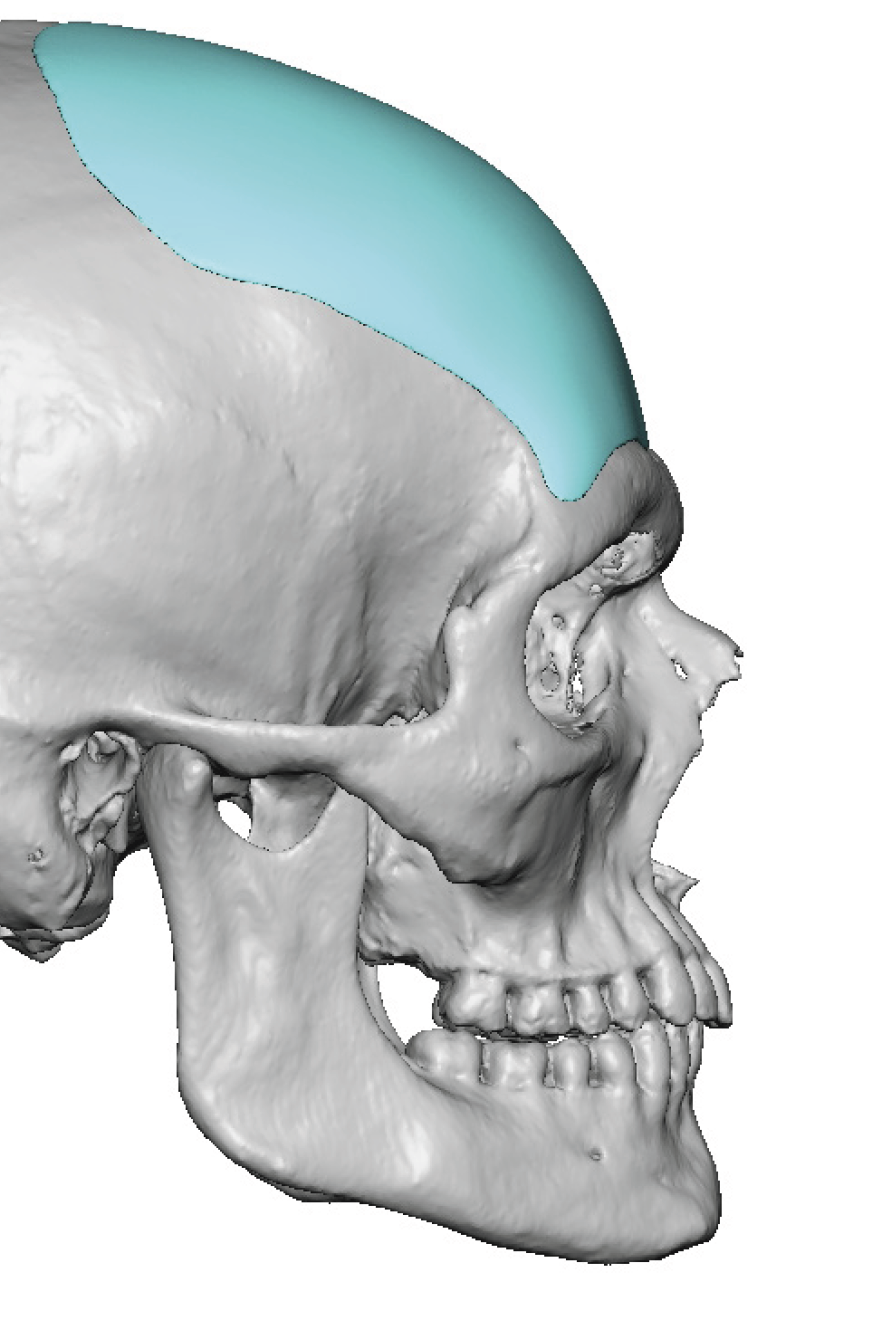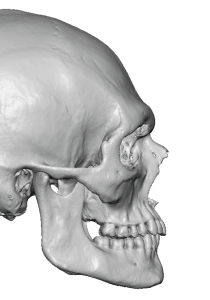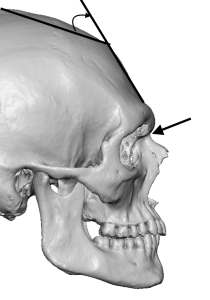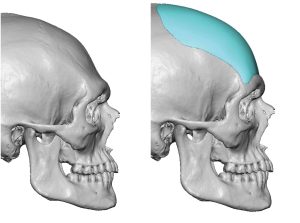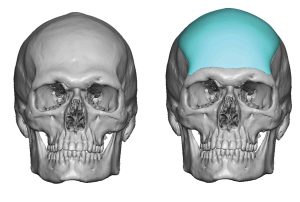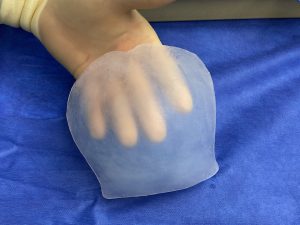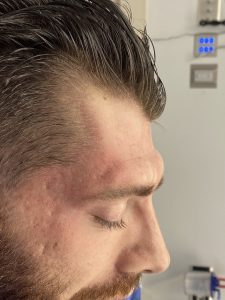Background: The male forehead consist of two prominent features, the inferior brow bones and the forehead above them. When it comes to their appearance in profile the brow bones protrude further forward than the most projecting part of the forehead. The forehead sits behind the brow bones and has a slightly backward slope to it as it reaches the frontal hairline and/or the transition onto the skull on the top of the head.
These two male forehead features share a synergestic aesthetic relationship. The more prominent the brow bones are the more reclined the forehead slope appears. Conversely the more the forehead approaches a vertical inclination the less prominent the brow bones usually appear. In most cases of a forehead-brow bone disproportion, one or the other is usually at fault, either the forehead is sloping back too much or the brow bones have overgrown too far forward. But in rare cases both may be contributing to an unaesthetic shape of the forehead. (Overgrowth of the brow bones and an overly backward forehead slope)
Predictive computer imaging is needed to determine which aesthetic correction, brow bone setback or forehead augmentation or even both, produces the best aesthetic improvement. There are, however, significant differences in incision and resultant scar location between these two forehead reshaping options.
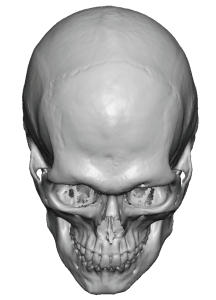
Equally relevant when looking at brow bone reduction vs forehead augmentation, the forehead augmentation produced a better aesthetic improvement with a superior scalp scar tradeoff from the patient’s perspective.

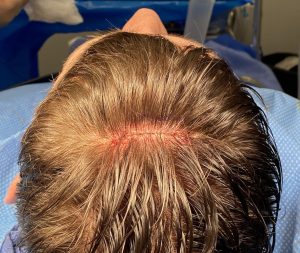
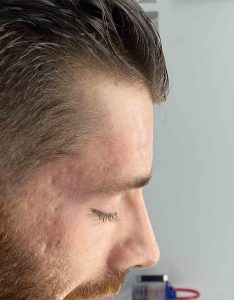
When evaluating a male who comes in for what appears to be a brow bone protrusion problem, it is important to evaluate the slope of the forehead as a potential cause of that appearance. Even normal brow bones can appear excessive if the backward inclination of the forehead is excessive. It is also important to show the patient what the aesthetic differences are between a brow bone reduction vs a forehead augmentation procedure. In more uncommon cases, as in this patient, both the brow bones and forehead slope are at fault. But given the choice between the scalp scar needed for a brow bone reduction vs forehead augmentation, the forehead augmentation would almost always be preferable as that residual scar is almost inconsequential. And enough improvement can be obtained from the forehead augmentation that the brow bone excess is more tolerable.
Case Highlights:
1) The overly backward slope to the forehead makes a male’s brow bones appear too prominent. (pseudo brow bone hypertrophy)
2) When brow bone hypertrophy and a backward slope to the forehead occur together the forehead slope is easier to treat with less scar in doing so.
3) A custom forehead implant is the most effective method for changing the slope of the forehead to a more favorable inclination.
Dr. Barry Eppley
Indianapolis, Indiana

